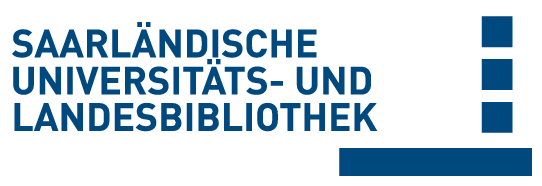Please use this identifier to cite or link to this item:
doi:10.22028/D291-36509 | Title: | High levels of SARS-CoV-2-specific T cells with restricted functionality in severe courses of COVID-19 |
| Author(s): | Schub, David Klemis, Verena Schneitler, Sophie Mihm, Janine Lepper, Philipp M. Wilkens, Heinrike Bals, Robert Eichler, Hermann Gärtner, Barbara C. Becker, Sören L. Sester, Urban Sester, Martina Schmidt, Tina |
| Language: | English |
| Title: | JCI insight |
| Volume: | 5 |
| Issue: | 20 |
| Publisher/Platform: | American Society for Clinical Investigation (ASCI) |
| Year of Publication: | 2020 |
| DDC notations: | 610 Medicine and health |
| Publikation type: | Journal Article |
| Abstract: | BACKGROUND. Patients infected with severe acute respiratory syndrome coronavirus 2 (SARSCoV-2) differ in the severity of disease. We hypothesized that characteristics of SARS-CoV-2– specific immunity correlate with disease severity. METHODS. In this study, SARS-CoV-2–specific T cells and antibodies were characterized in uninfected controls and patients with different coronavirus disease 2019 (COVID-19) disease severity. SARS-CoV-2–specific T cells were flow cytometrically quantified after stimulation with SARS-CoV-2 peptide pools and analyzed for expression of cytokines (IFN-γ, IL-2, and TNF-α) and markers for activation, proliferation, and functional anergy. SARS-CoV-2–specific IgG and IgA antibodies were quantified using ELISA. Moreover, global characteristics of lymphocyte subpopulations were compared between patient groups and uninfected controls. RESULTS. Despite severe lymphopenia affecting all major lymphocyte subpopulations, patients with severe disease mounted significantly higher levels of SARS-CoV-2–specific T cells as compared with convalescent individuals. SARS-CoV-2–specific CD4+ T cells dominated over CD8+ T cells and closely correlated with the number of plasmablasts and SARS-CoV-2–specific IgA and IgG levels. Unlike in convalescent patients, SARS-CoV-2–specific T cells in patients with severe disease showed marked alterations in phenotypical and functional properties, which also extended to CD4+ and CD8+ T cells in general. CONCLUSION. Given the strong induction of specific immunity to control viral replication in patients with severe disease, the functionally altered characteristics may result from the need for contraction of specific and general immunity to counteract excessive immunopathology in the lung. FUNDING. The study was supported by institutional funds to MS and in part by grants of Saarland University, the State of Saarland, and the Rolf M. Schwiete Stiftung. |
| DOI of the first publication: | 10.1172/jci.insight.142167 |
| URL of the first publication: | https://insight.jci.org/articles/view/142167 |
| Link to this record: | urn:nbn:de:bsz:291--ds-365094 hdl:20.500.11880/33153 http://dx.doi.org/10.22028/D291-36509 |
| ISSN: | 2379-3708 |
| Date of registration: | 20-Jun-2022 |
| Description of the related object: | Supplemental material |
| Related object: | https://df6sxcketz7bb.cloudfront.net/manuscripts/142000/142167/jci.insight.142167.sd.pdf https://df6sxcketz7bb.cloudfront.net/manuscripts/142000/142167/jci.insight.142167.sdcl.pdf |
| Faculty: | M - Medizinische Fakultät |
| Department: | M - Chirurgie M - Infektionsmedizin M - Innere Medizin |
| Professorship: | M - Prof. Dr. Robert Bals M - Prof. Dr. Sören Becker M - Prof. Dr. Hermann Eichler M - Prof. Dr. Martina Sester |
| Collections: | SciDok - Der Wissenschaftsserver der Universität des Saarlandes |
Files for this record:
| File | Description | Size | Format | |
|---|---|---|---|---|
| 142167.2-20201005112540-covered-e0fd13ba177f913fd3156f593ead4cfd.pdf | 1,24 MB | Adobe PDF | View/Open |
This item is licensed under a Creative Commons License


